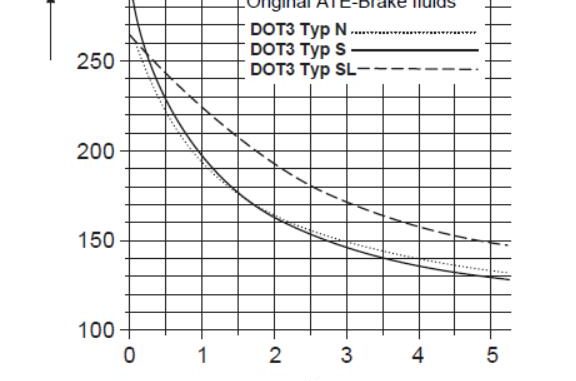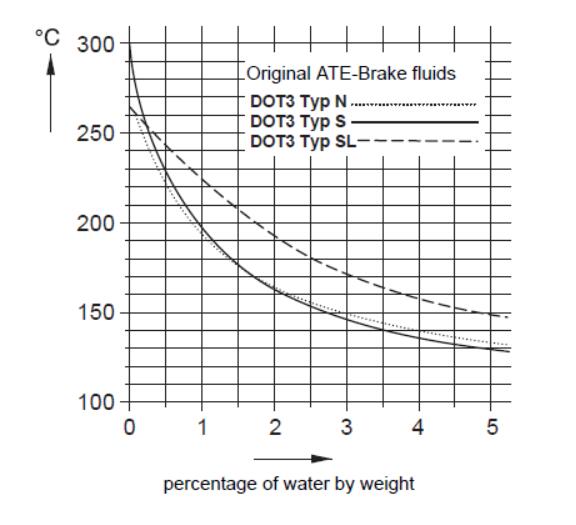
Introduction:
Brake fluid plays a crucial role in the safe and efficient operation of any vehicle, including forklift trucks like the Jungheinrich ETMV 10-12. Over time, brake fluid absorbs water and loses its effectiveness, potentially leading to brake failure. To ensure optimal performance and safety, it is important to regularly change the brake fluid. In this blog post, we will provide a step-by-step guide on how to change the brake fluid for the Jungheinrich ETMV 10-12 forklift.
Related Contents:
Jungheinrich JETI ForkLift Judit-4 v4.37 4.34 2023 Free Download
Forklift Diagnostic tools JUDIT-4 Jungheinrich Diagnostic Scanner Kit Judit Box Incado
Process:
Step 1: Gather the necessary materials
Before starting the brake fluid change process, make sure you have all the required materials on hand. These include:
– DOT 3 or DOT 4 brake fluid (hygroscopic)
– Transparent hose
– Suitable container for old brake fluid disposal
– Screwdriver or wrench for removing the compensating vessel plug
– Brake fluid collection container
– Protective cap for the vent valve

Step 2: Understand brake fluid handling guidelines
It is essential to follow proper handling guidelines for brake to ensure safety and effectiveness. Brake fluid always be stored in its original, sealed container. The maximum storage period for unopened brake fluid is five years. Do not use brake fluid that has exceeded its useful life. Also, remember that brake fluid should be disposed of separately from used oil.
Step 3: Change the brake fluid
To change the brake fluid, follow these steps:
– Connect a transparent hose to the vent valve connection and place the other end in a suitable container filled with brake fluid.
– Unscrew remove the compensating vessel plug.
– Open the vent valve and pump the brake pedal to empty the compensating vessel down to theMIN”. This will help remove any remaining old brake fluid.
– Top up the compensating vessel with fresh brake fluid to the “MAX” mark.
– Repeat this process for all vent valves of the brake system until clear and bubble-free brake fluid is discharged from the transparent hose.
– Once complete, close the vent valve and replace the protective cap.
Changing the fluid only ensures its freshness but also helps in bleeding the brake system. The fresh brake fluid enters the system and pushes out the old fluid through the vent valves. Remember to top up the compensating vessel to the “MAX” mark and replace the screwed plug.
Step 4: Bleed the brake system
Bleeding the brake system is necessary whenever it has been opened for repairs or when the brake fluid has been changed. Follow these steps to bleed the system:
– Perform the bleeding procedure on all vent of the brake system.
– If your forklift has disc brake calipers, bleed both valves (two valves per caliper).
– After bleeding, replace the dust caps on the vent valves.
– Bleeding is done by pumping the brake pedal (manual bleeding). Make sure the brake fluid level in the compensating vessel does not fall below the “MIN” mark.
– Once the is complete, top up the compensating vessel with brake fluid to the “MAX” mark.
– Check that the vent hole in the vessel’s cap is not blocked and clean if necessary.
– If the brake pedal’s travel is excessive or the pressure resistance is too soft the brake pedal firmly several times and repeat the bleeding process.
Step 5: Clean the brake system
Cleaning the brake system is necessary when excessive internal contamination occurs, such as the formation of sludge in the compensating vessel. Follow these steps to clean the system:
– Flush the system with fresh brake fluid until clear fluid emerges from all vent valves.
– Avoid using pressure gauges or measuring connections meant for hydraulic systems on the brake system.
– If hydraulic oil or mineral oil accidentally enters the brake system, all rubber parts, including brake hoses and brake light switches, must be replaced.
– Clean the brake tubes (pipes) with Tri, rinse with white spirit, and blow through using dry compressed air.
Conclusion:
Regularly changing the brake fluid in your Jungheinrich ETMV 10-12 forklift is essential for maintaining its performance and safety. By following the step-by-step guide provided in this blog post, you can that your brake fluid is fresh, your brake system is properly b, and your forklift operates at its best. Remember to always follow safety guidelines and dispose of old brake fluid properly.
For more Jungheinrich trouble repair case,please refer to Jungheinrich Trouble Repair
Leave a Reply